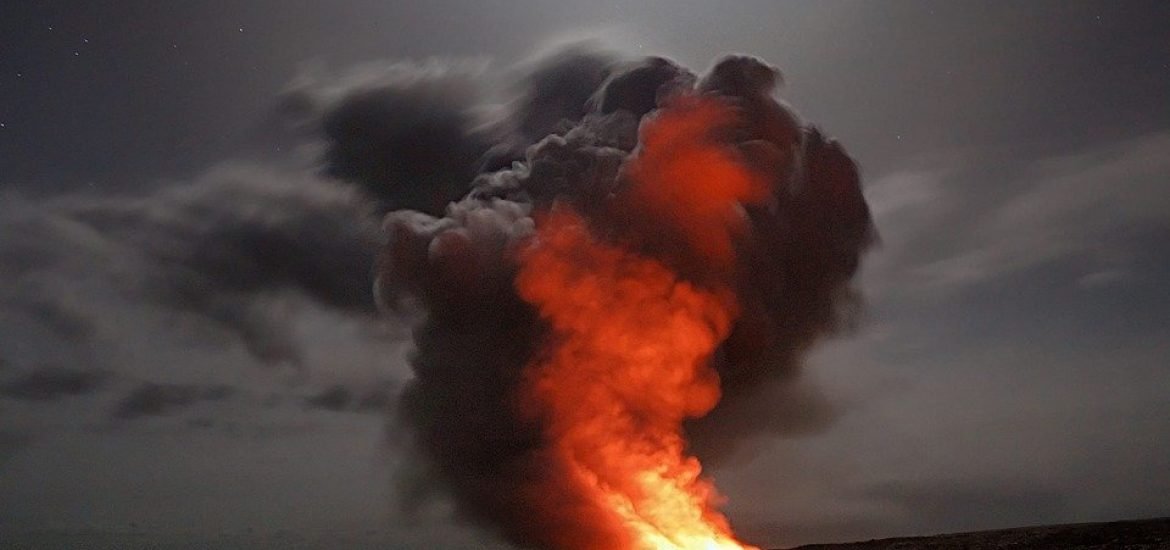
Small volcanoes can have severe consequences around the world, according to a report published in the journal Nature Communications (1). Instead of focusing on damage caused by large volcanoes, the team suggested that we should consider the dangers of clusters of small volcanoes located near essential infrastructures.
When it comes to volcanoes, it’s generally accepted that the bigger the eruption, the worse the outcome. However, a team of researchers from the University of Cambridge has argued that it may not be that straightforward. They suggest that we put too much emphasis on the massive – yet rare – eruptions and pay little attention to milder but more frequent events which may have serious domino effects in certain parts of the planet.
In this study, the team from the Centre for the Study of Existential Risk (CSER) in Cambridge identified seven points where groups of small but active volcanoes are located along vital infrastructure. The points include volcanoes in Taiwan, North Africa, United States and North Atlantic, and any eruptions would have catastrophic worldwide consequences.
“Even a minor eruption in one of the areas we identify could erupt enough ash or generate large enough tremors to disrupt networks that are central to global supply chains and financial systems,” said Dr Lara Mani from CSER lead author in this study. “At the moment, calculations are too skewed towards giant explosions or nightmare scenarios, when the more likely risks come from moderate events that disable major international communications, trade networks or transport hubs. This is true of earthquakes and extreme weather as well as volcanic eruption.”
According to the team, minor eruptions – below a six on the volcanic explosively index – could produce enough clouds, ash and landslides to damage undersea cables or destroy crops, potentially resulting in a shutdown of financial markets or food shortages. An example from recent history comes from Iceland, where in 2010, the Eyjafjallajökull volcano (magnitude 4) produced ash which was carried over to Europe and cost US$5 billion to the global economy. In contrast, when Mount Pinatubo (magnitude 6) in the Philippines erupted in 1991, a significant distance from any infrastructure meant it only was only responsible for costs less than a fifth of Eyjafjallajökull.
Front the list identified by the team, one of the most worrying points for this volcano action is in northern Taiwan. This area is home to some of the largest producers of electronic components, and if this area were to be affected by an eruption, it would cause serious damage to the tech industry. Another example comes from Sumatra and Central Java. This area in the Indonesian archipelago is one of the busiest shipping passages in the world, and local eruptions could disrupt up to 40% of global trade.
“It’s time to change how we view extreme volcanic risk,” concluded Mani. “We need to move away from thinking in terms of colossal eruptions destroying the world, as portrayed in Hollywood films. The more probable scenarios involve lower-magnitude eruptions interacting with our societal vulnerabilities and cascading us towards catastrophe.”
(1) Mani, L., Tzachor, A. & Cole, P. Global catastrophic risk from lower magnitude volcanic eruptions. Nat Commun 12, 4756 (2021). https://doi.org/10.1038/s41467-021-25021-8